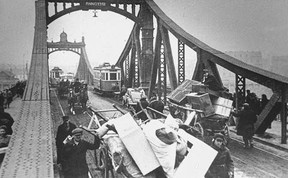 There's a flip-side to the forming of a ghetto, which people rarely contemplate. These areas do not exist in a vacuum waiting to be populated.
There's a flip-side to the forming of a ghetto, which people rarely contemplate. These areas do not exist in a vacuum waiting to be populated.
When notice was first given that a ghetto would be created in Krakow, everyone assumed that the location would be Kazimierz. After all, that's where the majority of Krakow's Jewish population of 66,000 lived.
South of the River Vistula in Krakow, the district of Podgórze couldn't really be categorized within such cultural terms. People of all religions, backgrounds and ethnicity lived there. If you had to apply a label at all, you'd say that they tended to be poorer than those on the north side of the river. Podgórze was Krakow's industrial heart, so those homes were filled with manual laborers.
On the same day that the Jews received orders to relocate to the Jewish Ghetto, the people of Podgórze were ordered to leave. They were given just days to find somewhere else to live, pack and transport their belongings.
Needless to say, that was a bit of a shock.
After the Podgórze Ghetto had been liquidated, all of those homes stood empty again. Once the stragglers had been shot, the corpses cleared again and the belongings of the Jews sorted into the appropriate warehouses, an invitation went out across Krakow for Poles to move back in.
Most of the ghetto walls were demolished, the gates torn down and the barbed wire wrapped again into coils. The roads opened and the tram began to stop there once more.
Podgórze is still a residential area. Tourists peer, reflective and stunned, towards windows trying to imagine what it must have been like, when dozens of people were forced to live in one room. But those tourists are having to mentally erase from sight the modern belongings positioned on window-sills.
The district is not a museum, nor a frozen memorial to those caught up, deported and massacred during its history. These streets are not derelict. Vans deliver stock to the open shops. Parked cars line the kerbs. There's a busy pizza delivery place, in the former Jewish Resistance building, on Plac Bohaterów Getta.
You could eat your pizza, while sitting on a steel chair in the art installation.


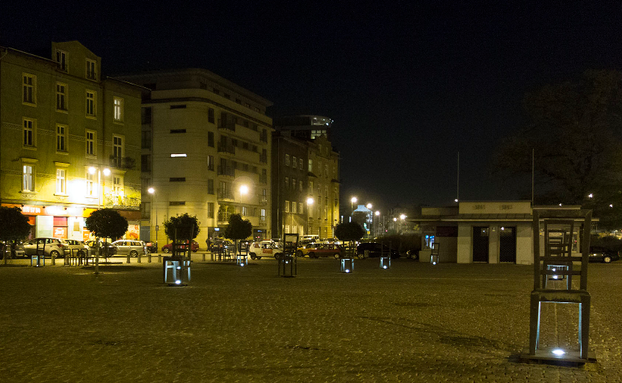

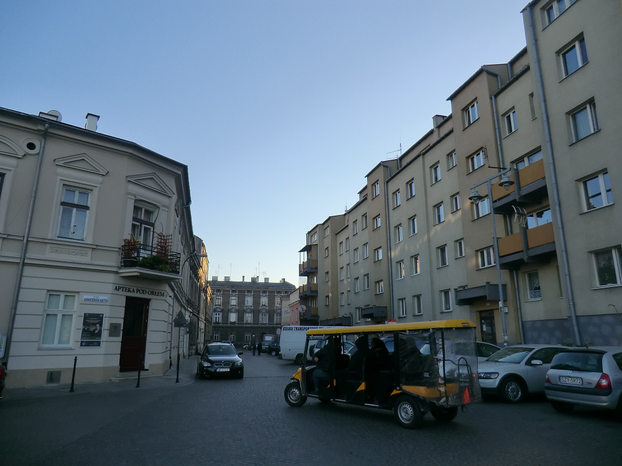
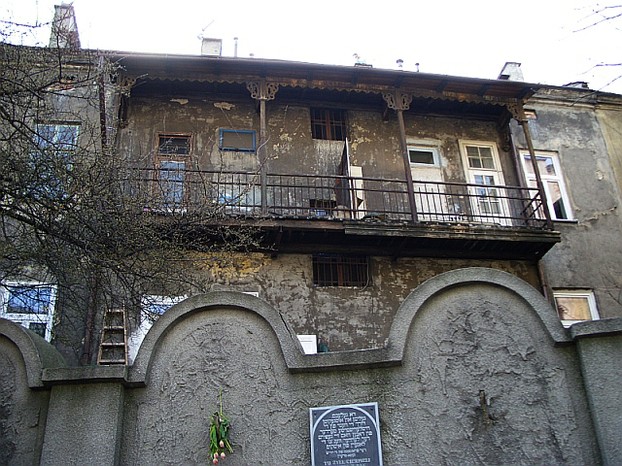



 There's a flip-side to the forming of a ghetto, which people rarely contemplate. These areas do not exist in a vacuum waiting to be populated.
There's a flip-side to the forming of a ghetto, which people rarely contemplate. These areas do not exist in a vacuum waiting to be populated.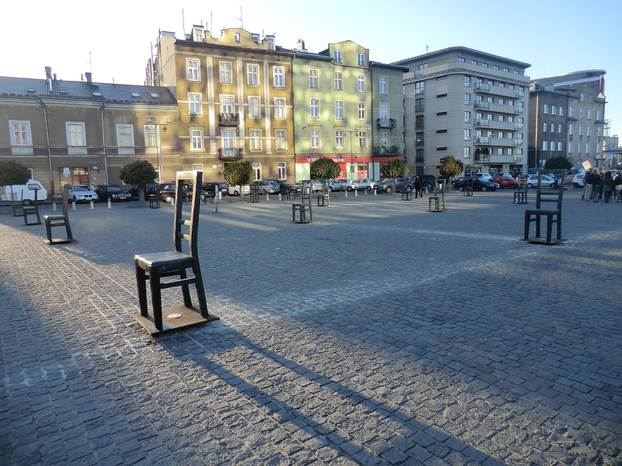
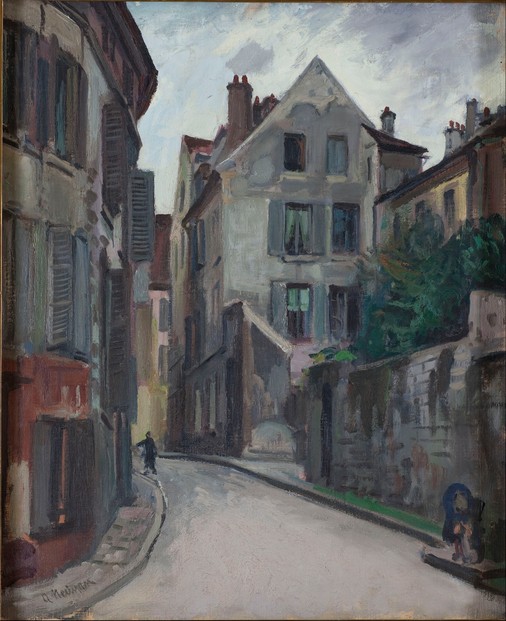





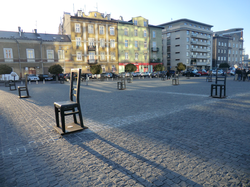

 St Tydecho's Churches in West Waleson 09/03/2014
St Tydecho's Churches in West Waleson 09/03/2014
 Goodies for an Outlander Premiere Partyon 03/06/2015
Goodies for an Outlander Premiere Partyon 03/06/2015
 Holocaust Memorial Day Interview with Rainer Höss, Grandson of Rudolf Architect of Auschwitzon 01/24/2015
Holocaust Memorial Day Interview with Rainer Höss, Grandson of Rudolf Architect of Auschwitzon 01/24/2015
 Romantic Valentine Gifts for an Outlander Fanon 01/16/2015
Romantic Valentine Gifts for an Outlander Fanon 01/16/2015

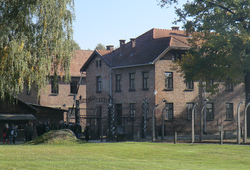
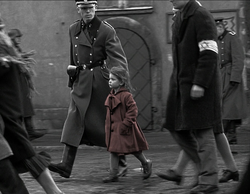
Comments
I'm glad that I was able to take you there so well. It is a very moving place to visit.
Such a vivid journey through the place, experience and the atrocities of a ghetto, from the days of the Holocaust to today. Great span of feelings and awareness, with depth and breadth.
It was heart-breaking, but still a fascinating place to visit. It really brought it home what happened there, in ways that history books never could.
sounds interesting.
Wow! I'm glad to have made such an impression. I do recommend visiting the Krakow Ghetto. It's small enough, but large enough to grasp while you're there, in a way that Auschwitz isn't.
I've just read bits of this to my husband, who has visited Poland many times but not yet made it to Krakow. I think we may have to put that trip on the bucket list. Thanks Jo.